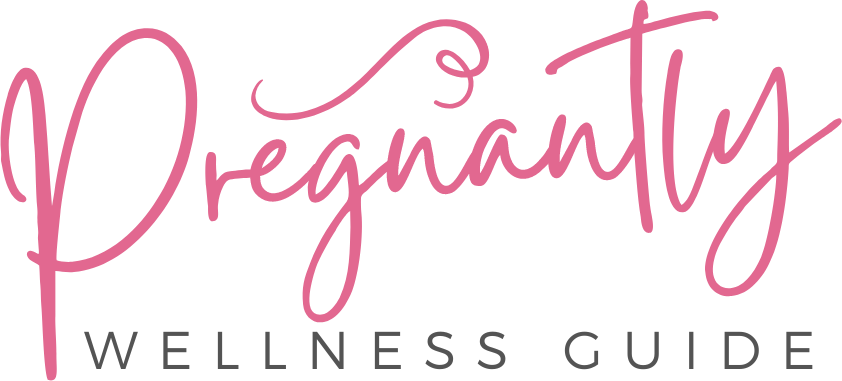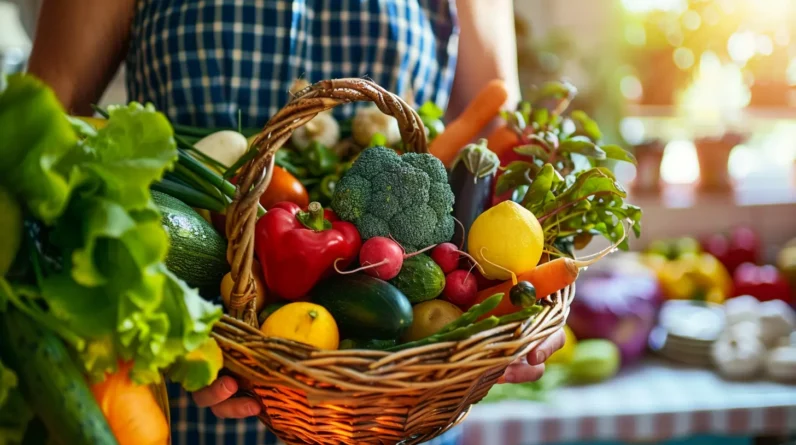
Environmental toxins create unique nutritional challenges for women due to our higher exposure through personal care products and greater body fat percentages that store harmful compounds. We face increased risks during pregnancy and menopause, when accumulated toxins can disrupt hormones and development. To counter these effects, we need specific nutrients that support natural detoxification – including vitamins C and E, selenium, zinc, and omega-3 fatty acids. A protective diet rich in antioxidants, whole foods, and adequate hydration helps combat these exposures. Understanding these gender-specific risks reveals key strategies for optimizing our nutritional defense systems.
Understanding Environmental Toxin Sources
While environmental toxins pervade modern life through countless routes of exposure, understanding their primary sources is critical for protecting women’s health. We’re faced with a concerning reality: nearly 80,000 chemicals circulate in our environment, with most untested for safety. Personal care products alone expose women to an average of 168 unique ingredients daily, while industrial activities continue releasing heavy metals and endocrine disruptors into our food chain and water supplies.
The impact is particularly severe for women of color, who face disproportionate chemical exposure through targeted beauty products and proximity to hazardous waste facilities. These environmental toxins accumulate more readily in women’s bodies due to higher fat tissue percentages, creating cumulative exposure risks that can trigger serious health disparities over time.
Women’s Unique Exposure Risks
Women face distinct vulnerabilities to environmental toxins that extend beyond general population exposure patterns. We’re seeing that women’s health faces compounded risks through daily exposure to chemical toxins in personal care products, with the average woman encountering 168 unique ingredients across 12 products daily. This exposure intersects with women’s biological factors, creating heightened health risks.
We must recognize that persistent environmental exposures affect women differently due to higher body fat percentages, which retain toxins longer. During critical periods like pregnancy and menopause, these accumulated chemicals pose additional reproductive health challenges. Women of color experience disproportionate impacts, facing elevated disease rates from both beauty product exposure and environmental justice issues. These factors collectively influence women’s nutritional needs and necessitate targeted interventions for protection against toxic accumulation.
Nutritional Defense Against Toxins
A robust nutritional defense system serves as our primary shield against environmental toxins in today’s chemical-laden world. We’ve found that specific nutrients play critical roles in strengthening our body’s natural detoxification processes. Omega-3 fatty acids and vitamins C and E actively combat the effects of endocrine disruptors and heavy metals, while a healthy diet rich in whole foods enhances our ability to eliminate harmful substances.
During pregnancy, we must pay particular attention to nutritional needs, as chemical exposure can impact fetal development. We can fortify our bodies’ defenses by incorporating a diverse range of fruits, vegetables, and whole grains into our daily meals. When our regular diet falls short, targeted supplementation becomes essential. Through mindful food choices and preparation methods, we’re actively reducing our exposure to environmental toxins while optimizing our body’s protective mechanisms.
Essential Nutrients For Detoxification
Through extensive research, specific nutrients emerge as essential components in supporting our body’s natural detoxification mechanisms. Let’s examine the critical nutrients that protect us from environmental toxins and enhance our body’s cleansing processes:
– Vitamins C and E, along with selenium and zinc, strengthen our liver’s detoxification capacity
– Glutathione and other amino acids facilitate the conjugation and removal of harmful compounds
– Antioxidants from fruits and vegetables combat oxidative stress and neutralize free radicals
– Water intake supports kidney function and efficient toxin elimination
– Dietary fiber from whole grains aids toxin removal through regular elimination
We’ve found these nutrients work synergistically to create a robust defense system against environmental toxins. Understanding their roles helps us make informed dietary choices that optimize our body’s natural detoxification processes.
Building A Protective Diet
Building on our understanding of key nutrients, we can now construct a complete dietary framework that maximizes protection against environmental toxins. We’ll focus on whole foods rich in antioxidants and essential nutrients, while strategically incorporating omega-3 fatty acids from fatty fish and flaxseeds to combat inflammation and support reproductive health.
Selecting organic produce reduces pesticide exposure, and we’ll eliminate ultra-processed foods containing endocrine disruptors. We’re prioritizing cruciferous vegetables like broccoli and kale to enhance liver function and support natural detoxification pathways. These choices create a protective diet that actively counteracts heavy metal accumulation and other environmental toxins. When we pair these dietary strategies with proper hydration, we’re enabling our kidneys to efficiently eliminate toxins, creating a complete approach to women’s environmental health protection.
Conclusion
Environmental toxins’ impact on women’s nutritional needs isn’t just theoretical – we’re seeing concrete evidence in research. Higher estrogen levels and greater fat tissue storage make women more vulnerable to bioaccumulation of toxins. We must leverage nutrition strategically, focusing on methylation support, antioxidants, and detoxification pathways. By understanding this connection between toxins and nutrition, we’re better equipped to protect women’s long-term health through targeted dietary interventions.







